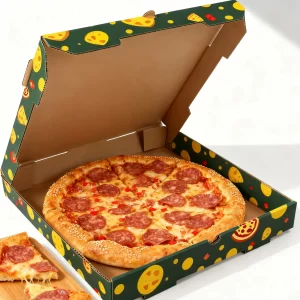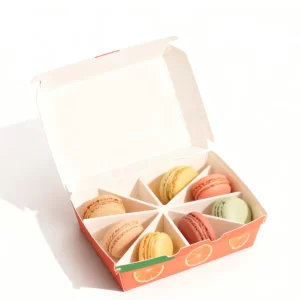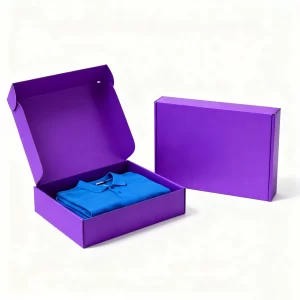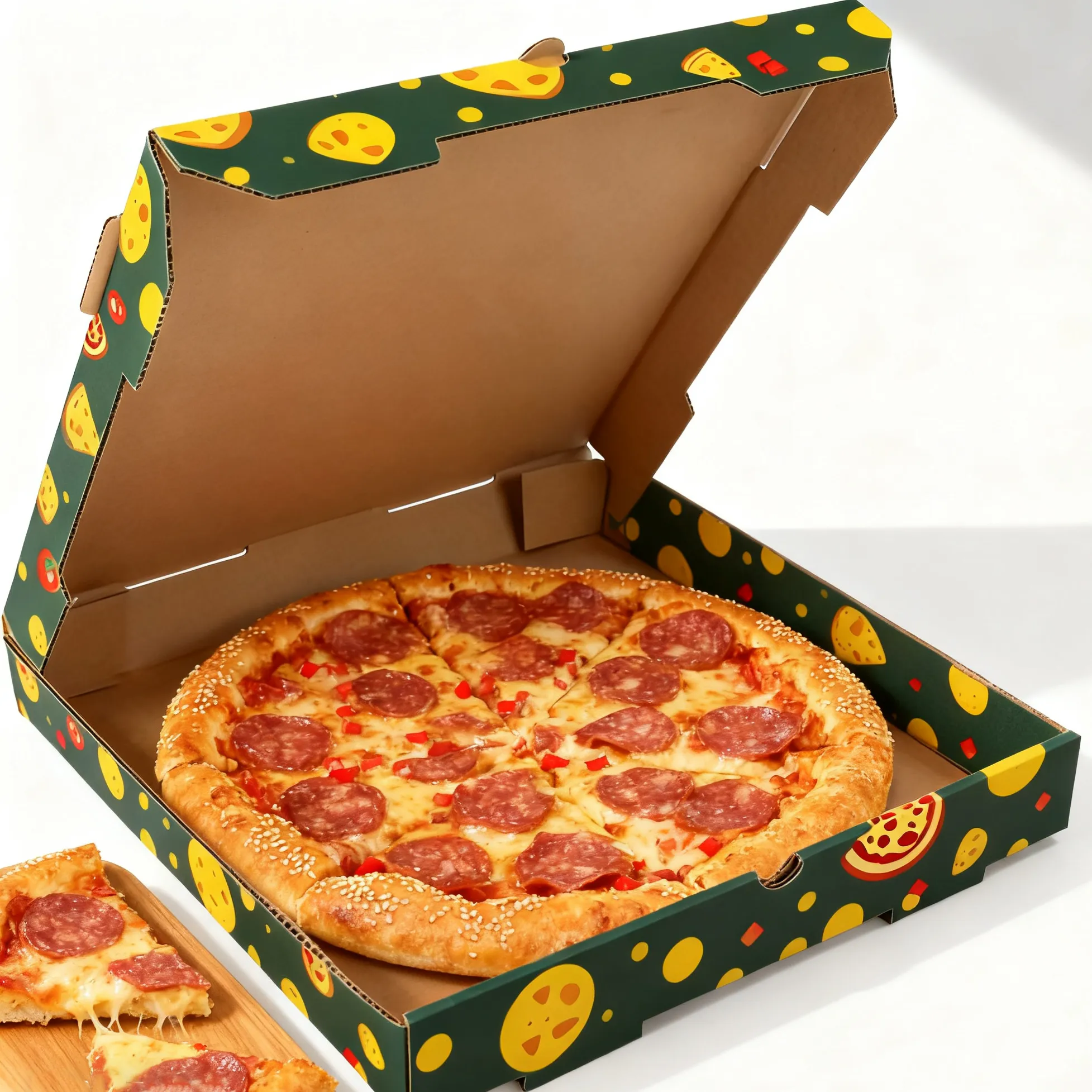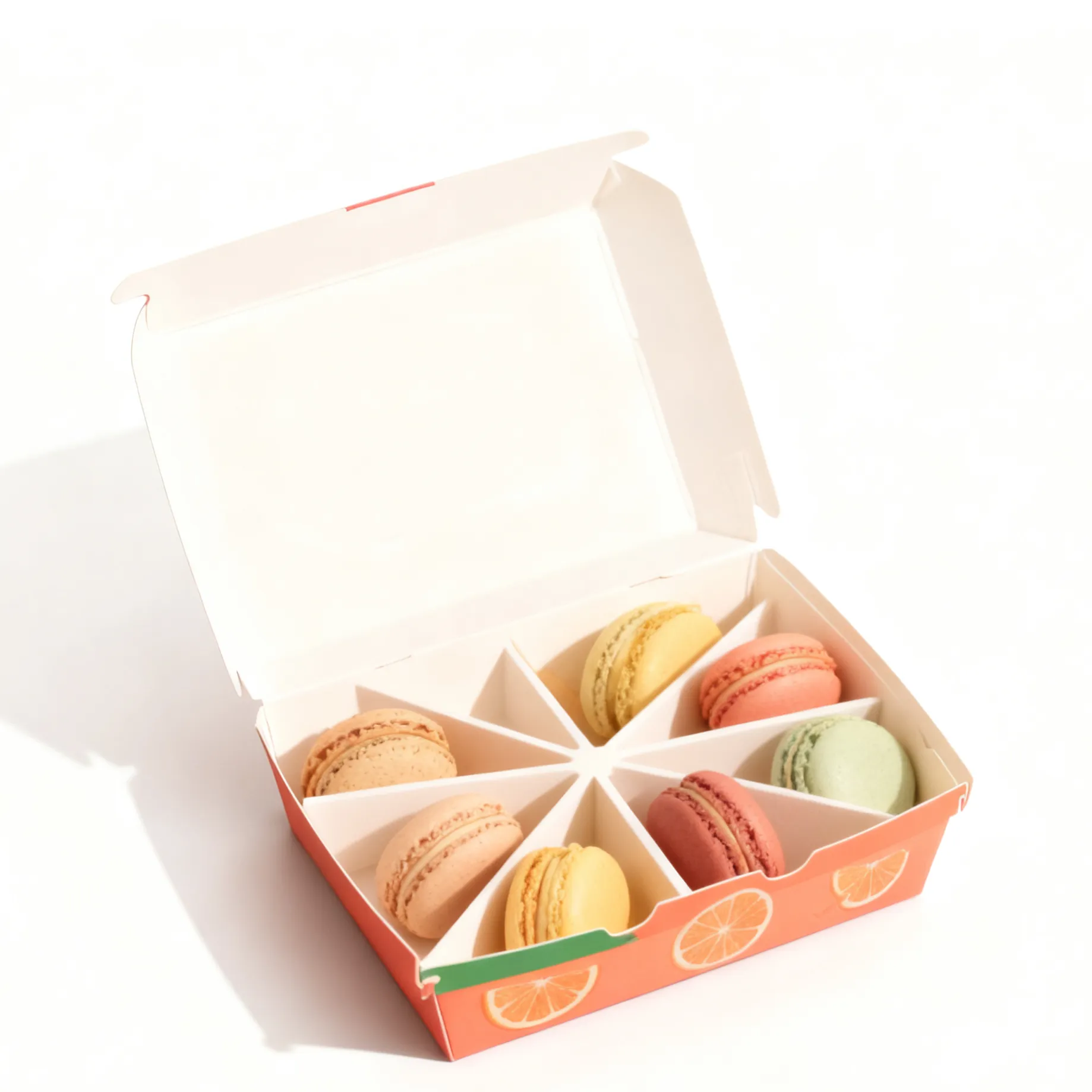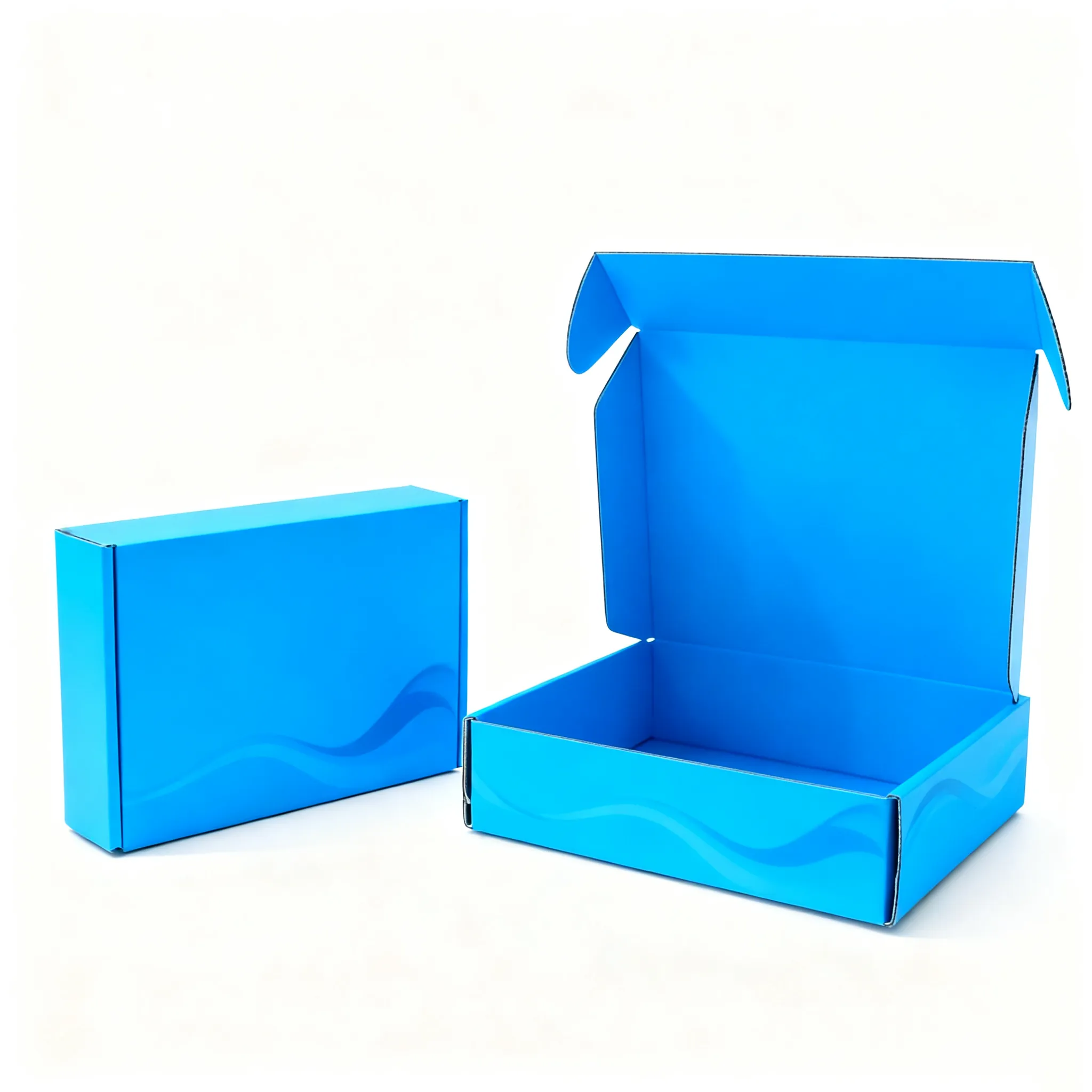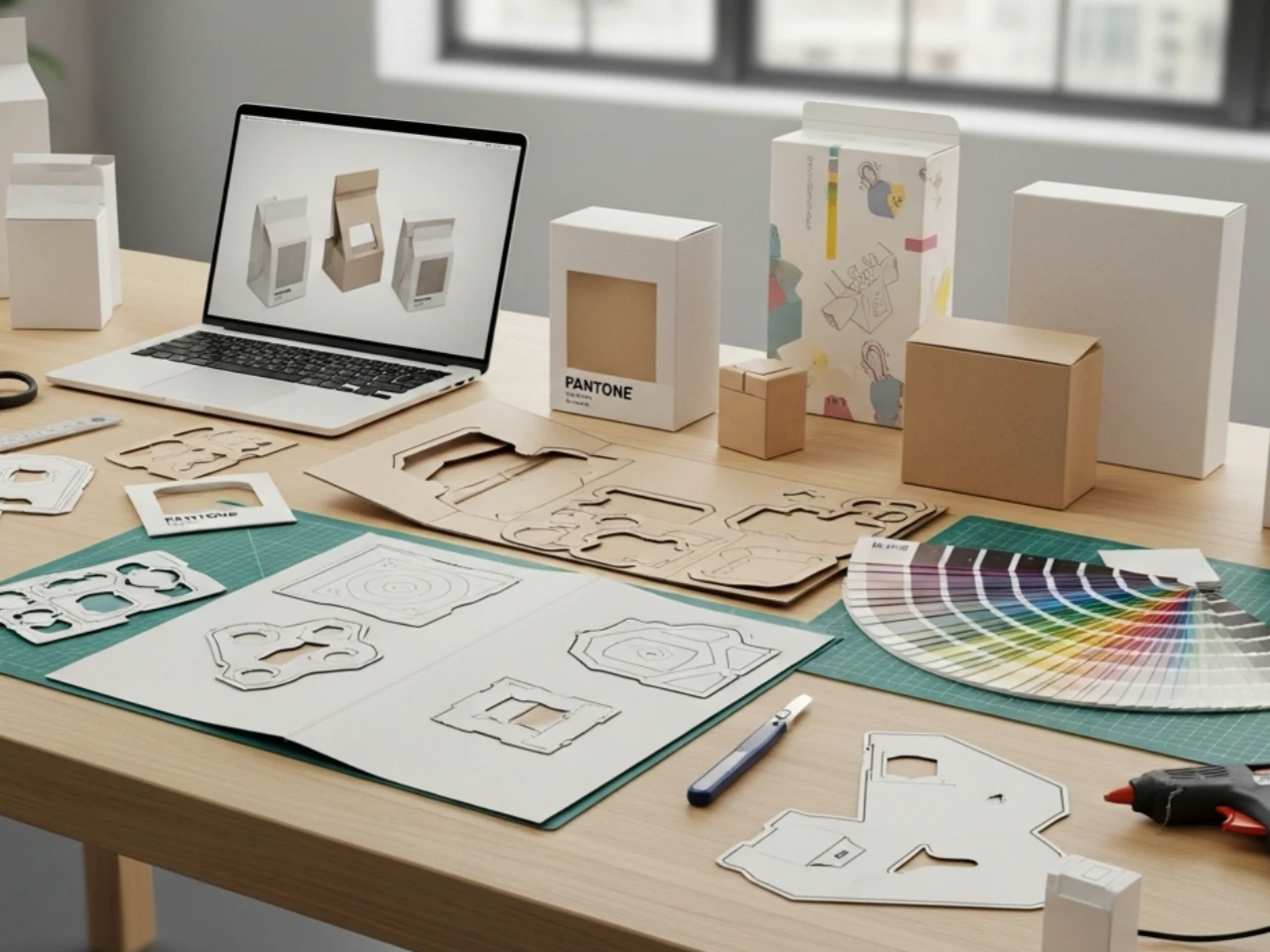
The conception d'emballages goes beyond a pretty picture in today’s competitive market; it’s a holistic interpretation of brand communication, product protection, and marketing power. A packaging process can elevate your product, convey your brand value, and enrich the overall experience of the consumer process from first sight to unboxing.
To assist businesses in designing custom packaging more effectively and consistently, this article will break out the 7 core steps of packaging design, and provide actionable solutions in response to the needs of the paper packaging box.
Define the Objective & Brand Positioning
To begin any design process, you need to clearly define your objectives and brand position. Before you even think about doing any design work, you need to provide very clear answers to the following questions:
- Who is your target consumer group?
- What is your brand tone? (Luxury, eco-friendly, minimalist, budget-friendly)
- Where are your sales channels? (E-commerce, retail, gifting)
- What are the main functions of the packaging? (Protection, display, enhanced unboxing experience)
- Budget, delivery time, production constraints?
- Does it involve environmental protection or industry regulations?
Without a clear definition at this stage, subsequent structural and visual packaging designs are prone to going astray.
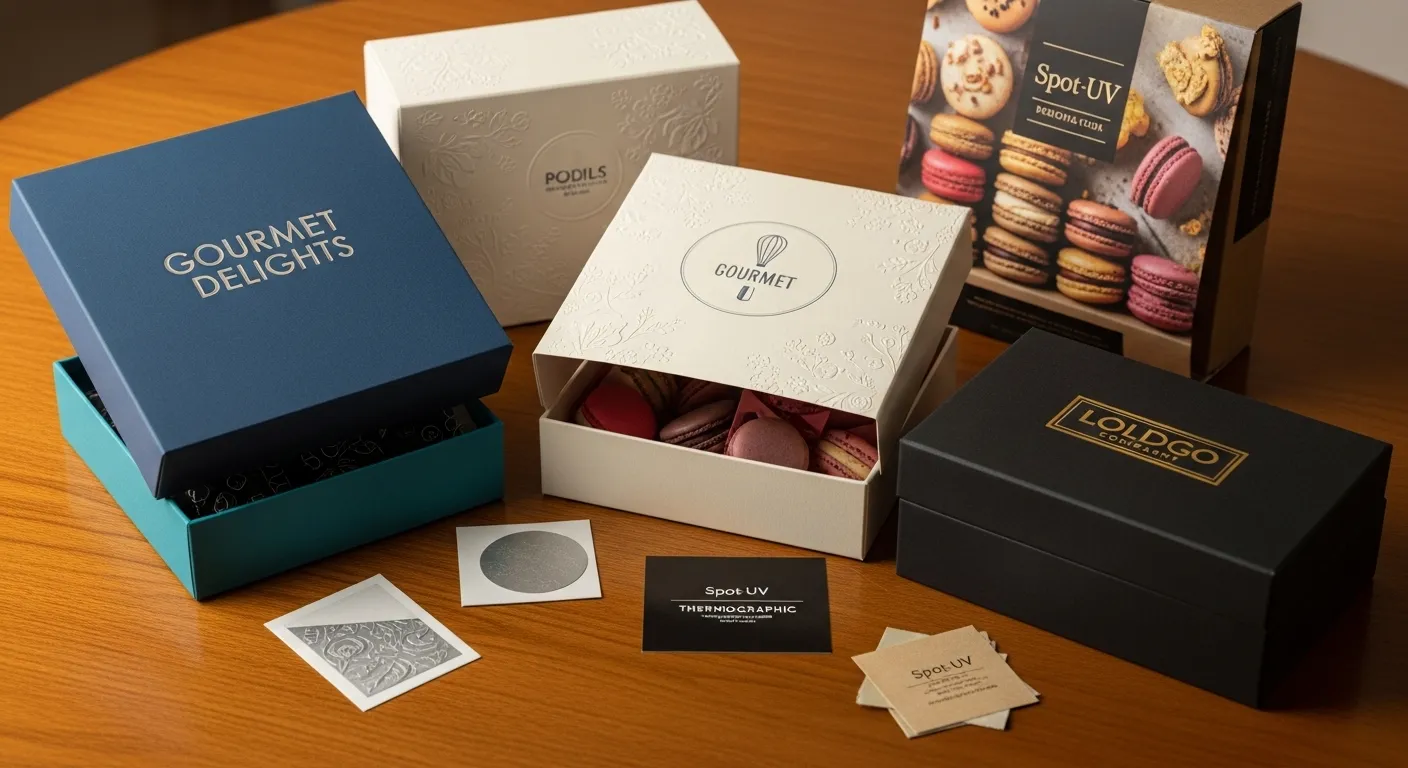
Conduct Market & Competitor Research
Market research and competitor analysis make your conception d'emballages “differentiated yet reasonable.” Excellent design isn’t done in isolation; it’s based on market data.
What you need to do:
- Analyze competitor structures, materials, visual language, and decorative techniques.
- Research consumer trends: sustainable packaging, e-commerce protection, minimalism, etc.
- Compare packaging requirements for different sales channels.
- Collect real user experiences: unboxing experience, protection, and shipping performance.
Common problems:
- Pursuing only aesthetics without aligning with market positioning.
- Blindly following trends leads to increased costs or production difficulties.
- Lack of differentiation.
Solutions :
- Collect competitor samples.
- List the shortcomings in materials, cup shape, structure, and unit price.
- Establish a “differentiation matrix” to clearly define your brand’s packaging advantages.
Determine Structure & Functionality
Structural design is the underlying logic of packaging design; a beautiful graphic design cannot compensate for flawed structure. Therefore, you must prioritize determining:
- Box type: drawer-style, top and bottom lid, folding box, paper bag, etc.
- Material thickness: cardboard weight, grey board thickness, corrugated type
- Internal support structure: EVA, paper trays, card slots, honeycomb structure, etc.
- Transportation requirements: stackability, moisture resistance, and pressure resistance.
All structural designs will ultimately result in a dieline, and its packaging design functionality will be tested using samples.
Recommended Practices:
- Finalize the die-cut design as early as possible.
- Proof 1-3 times to test actual protection and structural feel.
- Communicate with the factory for the most economical and feasible material solution.

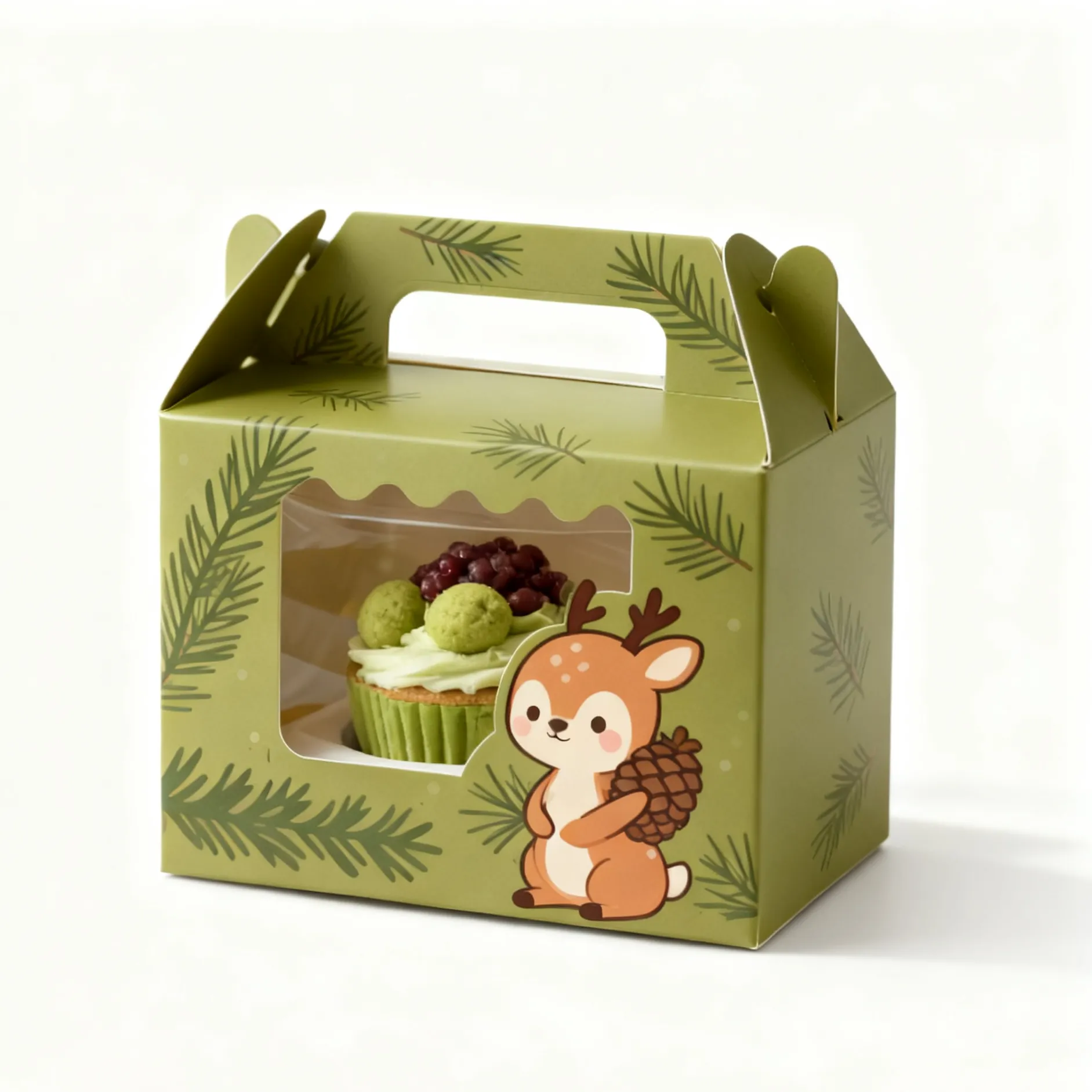


Develop Visual & Graphic Design
Visual design transforms packaging design from function to brand expression. After structural confirmation, begin designing graphic and brand visual elements:
- Logo placement and proportion
- Typography and color scheme
- Illustrations, patterns, and photographic elements
- Barcode and compliance information layout
- Processes: Hot stamping, UV coating, embossing, lamination, etc.
Common Pitfalls:
- Inconsistency between the 3D effect and the final product
- Color difference, ink absorption by materials, and lighting leading to discrepancies in the final effect
Practical Solutions:
- 3D rendering + virtual mockup for customer confirmation
- Print color samples to test the true colors of different paper materials
- Communicate with the supplier about acceptable color difference ranges.
Choose Materials & Finishing Techniques
Materials and processes determine the texture and cost of boîtes d'emballage en papier. Common paper materials:
- Grey board + mounting paper (Rigid) Box
- White Cardboard, Coated Paper (Folding Carton)
- Kraft Paper, Recycled Paper (Eco-friendly)
- Corrugated Cardboard (Transport-friendly)
Common Processes:
- Hot Stamping
- Embossing/Debossing
- Spot UV Coating
- Matte/Gloss Lamination
- Magnetic Clips, Ribbons, Windows, etc.
Notes:
- More processes mean higher costs.
- Some processes can affect recyclability.
- It’s necessary to confirm with the supplier beforehand whether they have the corresponding equipment.
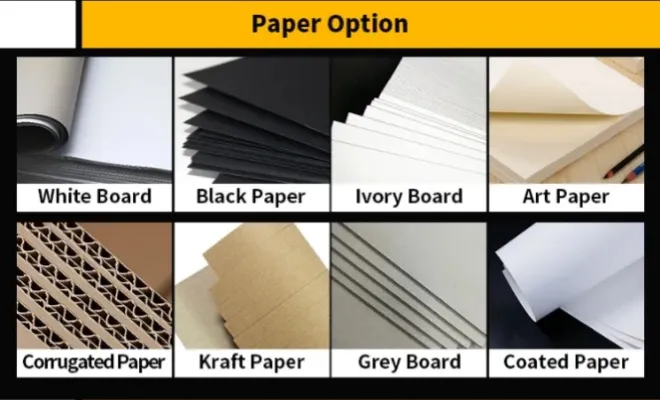
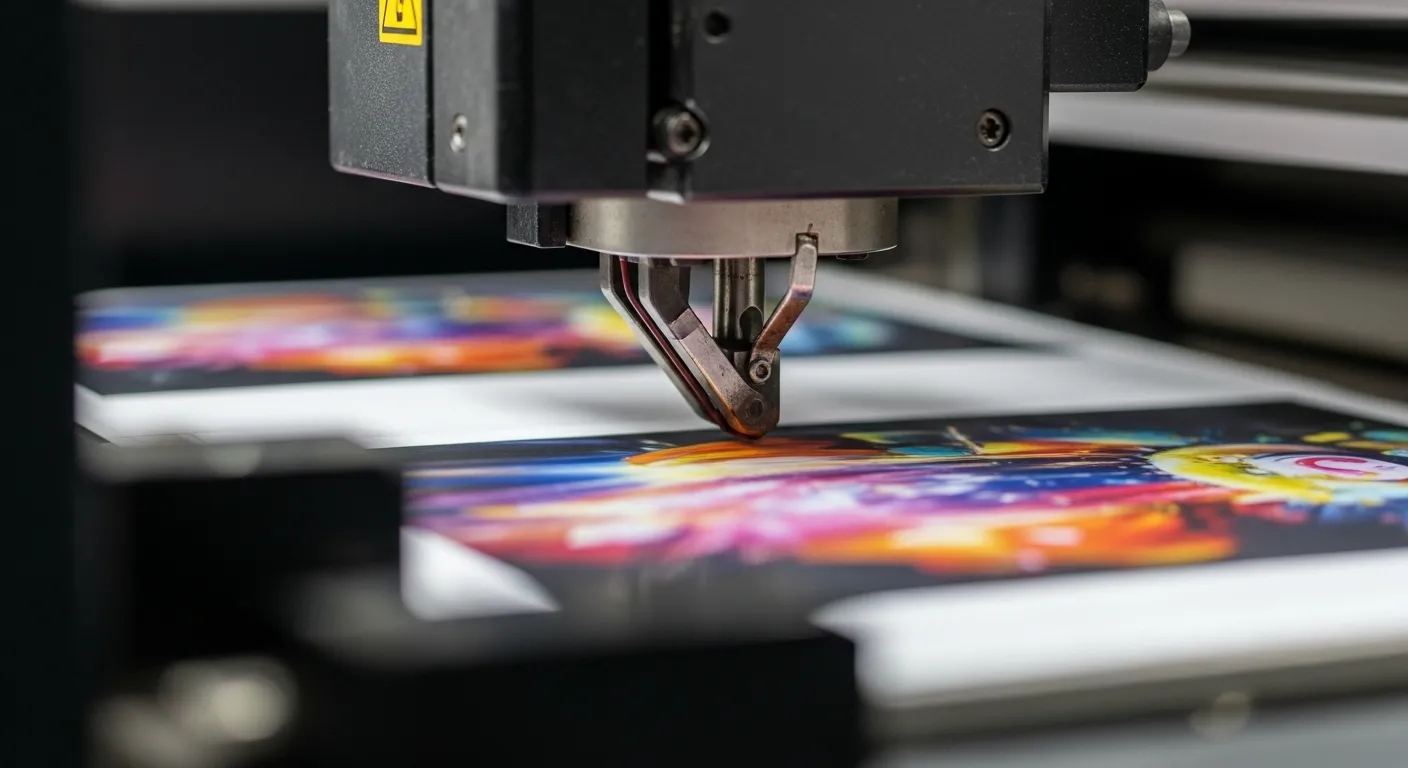
Prototype & Refinement
A prototype is crucial for transforming conception d'emballages into reality. The sample stage verifies:
- Whether the structure matches the product
- Whether the material strength is sufficient
- Whether the printing colors are accurate
- Whether the processes and positions are correct
- Whether the opening and closing is smooth.
Recommendations:
- Schedule at least 1-2 iterations of prototyping.
- Establish a clear checklist.
- Finally confirm the sample as the “mass production standard sample”.
Production & Quality Control
Mass production and quality control, key control points to ensure stable output of each paper packaging box:
- Small-batch trial production and color calibration
- Cutting, creasing, and gluing precision
- Consistency of hot stamping, lamination, and other processes
- Batch sampling inspection
- Transportation and storage conditions (moisture protection, pressure protection, deformation prevention)
Risks and solutions:
- Batch color difference → Require “first 500 confirmed mass production”
- Different paper material batches → Establish detailed specifications for paper materials and processes
- Inconsistencies in duplicate orders → Strictly preserve production documents and samples
About Yisheng – Your Professional Paper Packaging Partner
Yisheng est un professionnel paper packaging box manufacturer, fournissant comprehensive solutions for customization and wholesale, including structural design, material selection, process customization, prototyping, mass production, and logistics.
Why choose Yisheng?
- Abundant customization options: From rigid gift boxes, drawer boxes, folding boxes to high-end paper bags, we can professionally produce them all.
- Fully Customized to Your Needs: Materials, printing, dimensions, and structure are all tailored to your brand’s requirements.
- Equipped with Modern Production Equipment: Ensuring consistent quality and fast delivery.
- Sustainable Materials First: Supporting FSC paper, environmentally friendly inks, and recyclable structures.
- Clear Communication + Flexible Collaboration: Suitable for startups, small-batch orders, and also supports large-scale mass production.
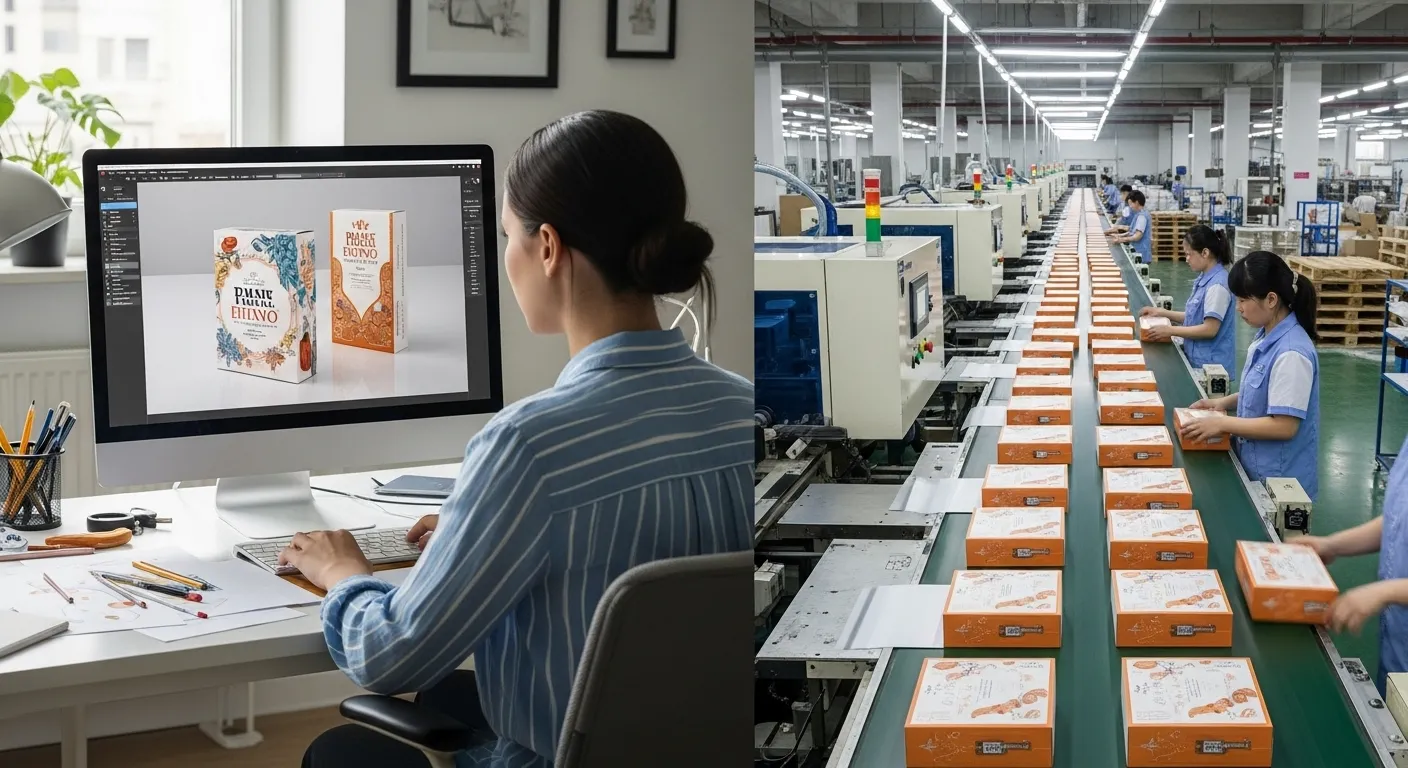
Conclusion: Let Packaging Design Truly Serve Your Brand
Whether you’re creating new product packaging or redefining your brand’s packaging image, a clear packaging design process can reduce rework, lower communication costs, and ensure that every detail reflects your brand value.
Yisheng is ready to provide you with paper packaging solutions to help your brand achieve a higher quality and more professional packaging experience.
Produits apparentés
-
Boîtes à pizza jetables en gros, boîtes pliantes à emporter personnalisées
-
Boîte à compartiments pour plats à emporter Wholesale, Boîte d'emballage alimentaire personnalisée
-
Boîtes à vêtements en gros, boîtes postales personnalisées pour vêtements
-
Boîtes postales imprimées sur mesure, boîtes d'expédition en vrac pour vêtements
